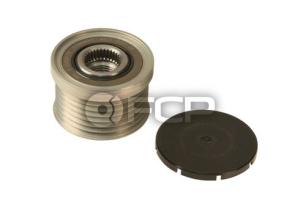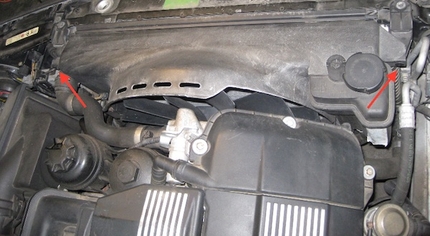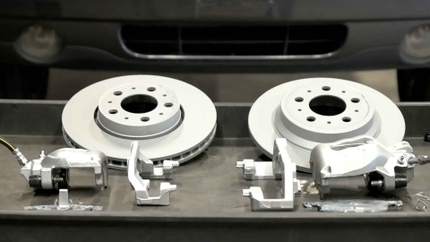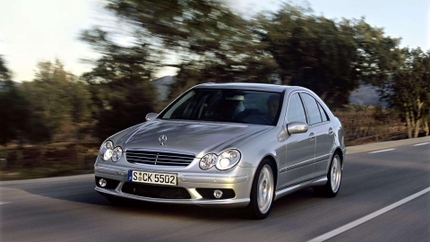- 03/16/2014
- 2 Min Read
- By: Alex Fiehl
Diagnosing Alternator Failure: Repair vs. Replace
Sometimes auto repair involves more than just replacing the part that failed. We tend to replace larger assemblies rather than individual parts because it's usually easier, even if it's less cost effective and more wasteful.
If you think your alternator might have failed, step back and consider your options, as it may be cheaper to replace your alternator's overrun pulley, commonly called an OAP (Overrunning Alternator Pulley). Many European manufacturers have been utilizing these pulleys for over 15 years, including VW, Audi, Volvo, and BMW.
What's an Overrunning Alternator Pulley?
An alternator is often the source of the greatest load on a car's serpentine belt system. (When the A/C is turned off) It contains a heavy magnet that spins within wound copper wiring to generate electricity, with more rotational inertia than a water pump or an idler pulley. This means that the alternator tends to want to maintain its RPM level, not change it abruptly. Clutched alternator pulleys offer the ability to provide a disconnect between the serpentine system and the alternator, as well as soften the input on the alternator, caused by normal internal combustion vibrations.
An Overrunning Alternator Pulley has two main benefits.
1) It is sprung in the direction of rotation. This means that sudden inputs in speed are smoothed out and don't stress the serpentine pulley or tensioner as much as if the alternator's shaft was directly connected to the belt.
2) It can freewheel when the engine suddenly decreases its speed. If you accelerate to 6000rpm then abruptly press the clutch, the engine will spin down to idle faster than the alternator, which can now slowly freewheel down rather than be forced to decelerate rapidly. Think of it like the freewheel hub on a bicycle. You (the engine) can stop pedaling, but the rear wheel will click away as you roll down the street. The belt will only serve a purpose of driving the alternator, not slow it down.
Because of these benefits, belt and tensioner life is increased, and overall serpentine system noise is decreased. The OAP essentially reduces the overall impact of running an alternator on the serpentine system over the life of the belt.
Symptoms of a bad OAP
A bad OAP should be immediately noticeable through sight, sound, or charging faults. A few common indications of failure include:
- A serpentine belt or tensioner that appear to be "hopping." This may indicate seizure of the OAP, eliminating the dampening and freewheel functionality they are designed to provide.
- A battery light illuminated on the dash, indicating a possible complete failure of the OAP that doesn't transmit rotation into the alternator. This would mean the pulley is in freewheel mode, except in the wrong direction.
- Terrible, awful, howling noises.
- "Missing pulley syndrome." In some cases, an OAP can completely self-destruct and fall off.
With the belt removed, you can test it by hand quickly and easily. Hold the inner portion of the pulley with your thumb and index finger, and try to rotate the pulley in either direction. It should smoothly resist movement in one direction, but still spin. This is the freewheel direction. It should not spin in the opposite direction. Now, verify the direction the vehicle's serpentine belt spins. Does it spin in the same direction as the pulley's "locked" direction? If so, you're golden.
If the pulley's freewheel functionality feels extremely gritty, you may want to consider replacing it.
Can I replace the pulley myself?
Replacing the pulley is only one extra step after the removal of your alternator, and sometimes the alternator doesn't even need to be removed. They require a special alternator pulley tool for removal and installation, but it's definitely something the home mechanic can tackle in an afternoon. Use only trusted brands such as Genuine BMW or INA, for your alternator decoupler pulley as generic "parts store" versions usually don't stand the test of time. Most alternators outlast their clutched pulleys - this is a great way to save some money and get more life out of your alternator and serpentine system.
Have you ever replaced a component only to find out a portion of it needed to be replaced?
Alex is FCP's Blog Editor and an IT technician from Endwell, NY. He has over 8 years of experience working on a wide array of import makes, but lately is partial to Volvo . For some reason he just purchased a Volkswagen, and is excited to see what breaks first.












